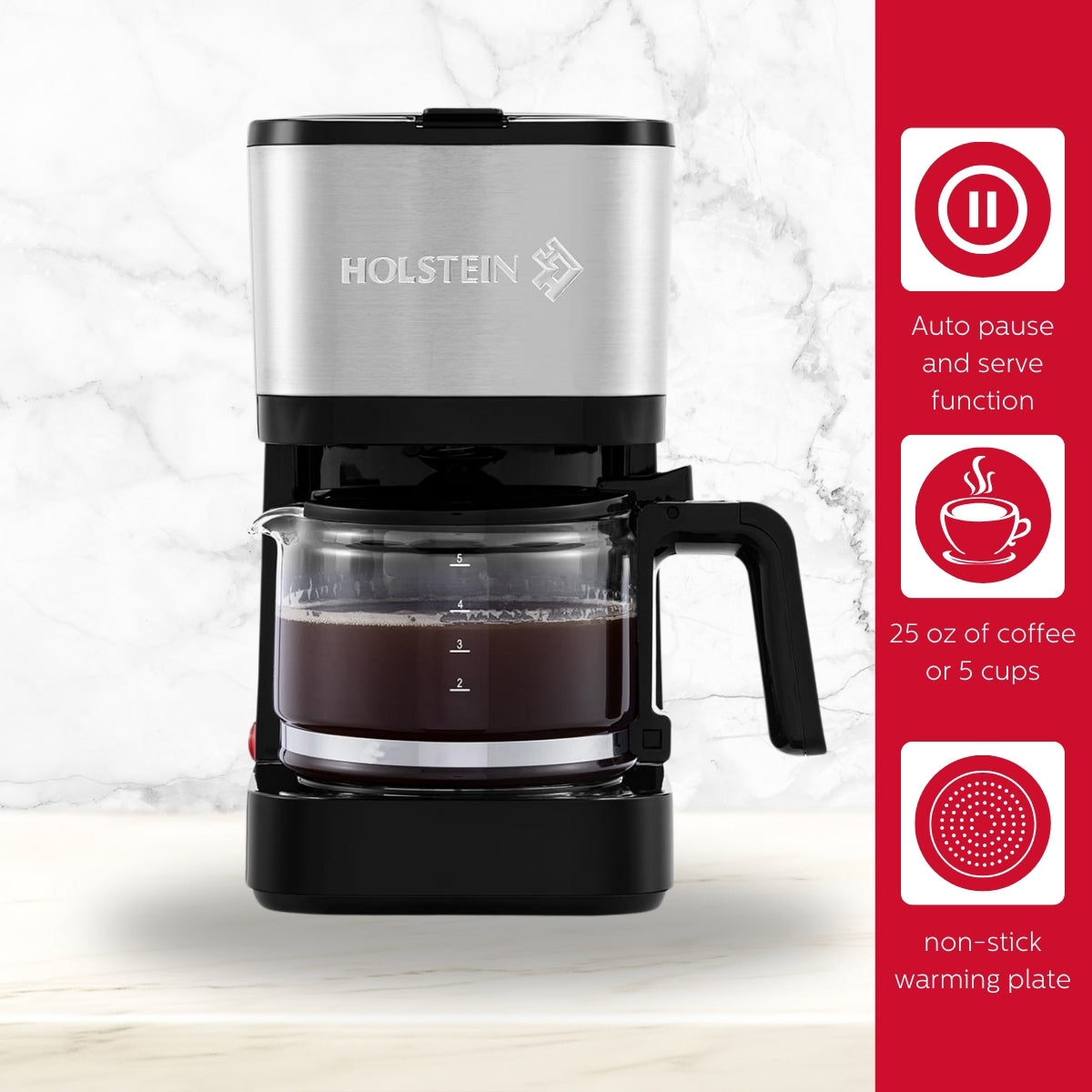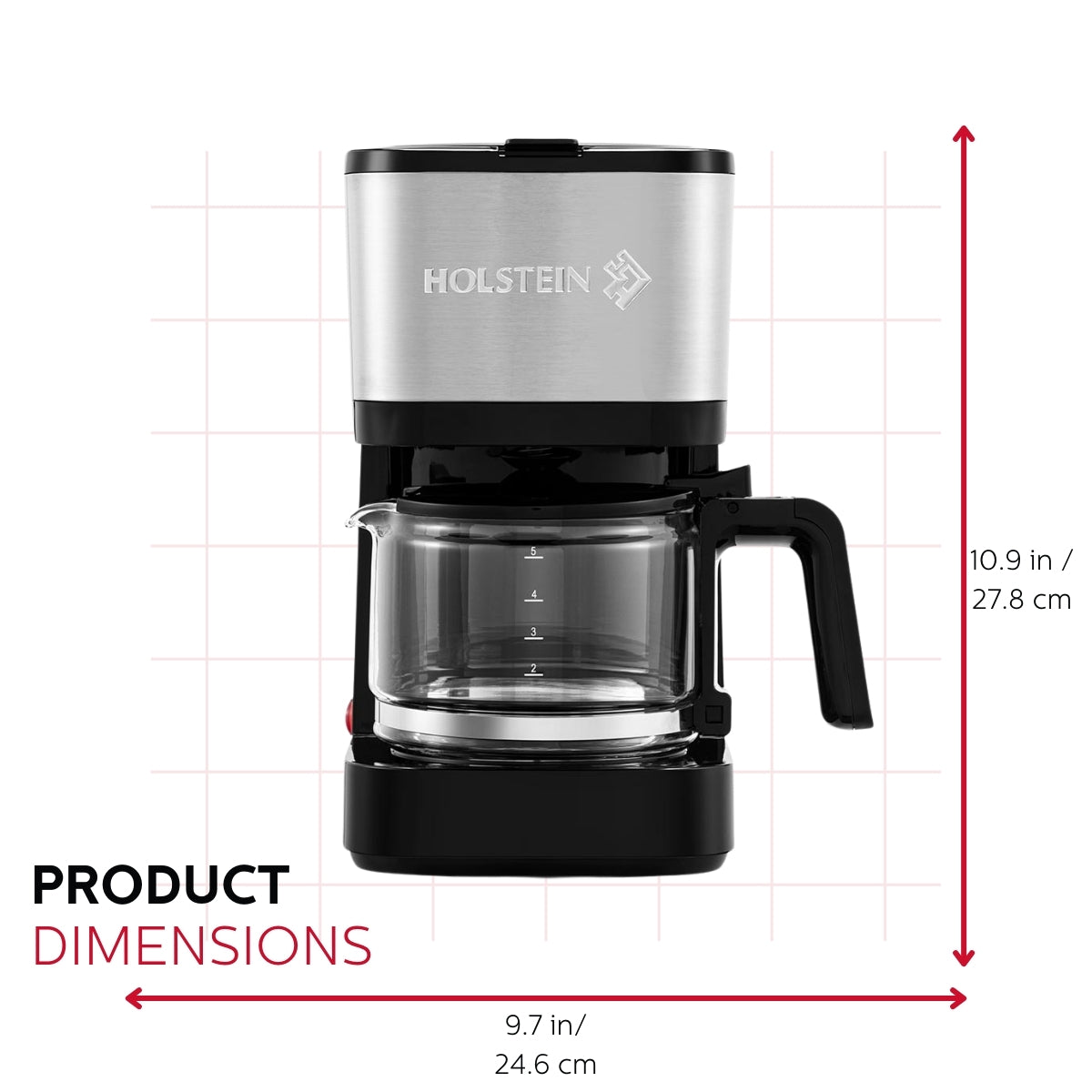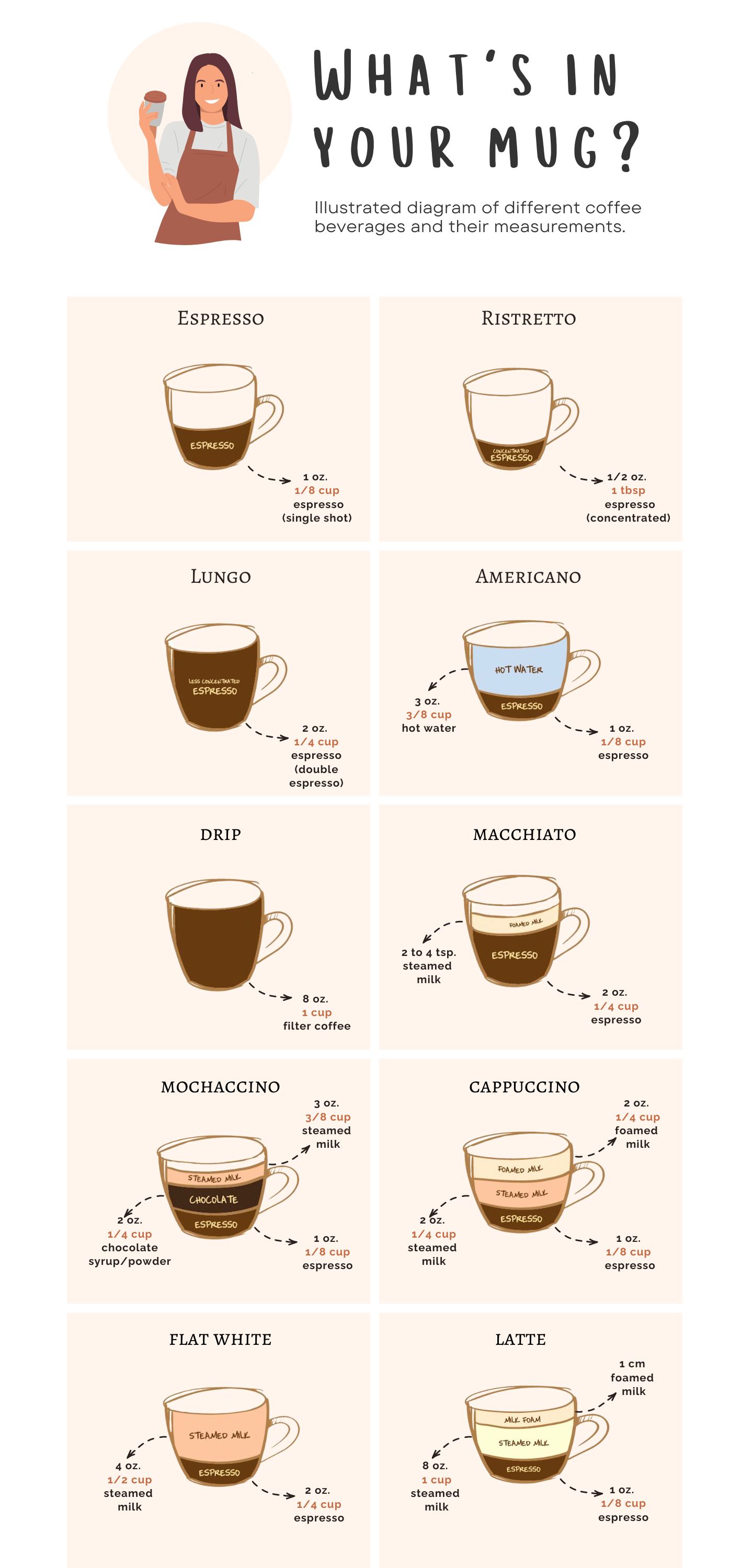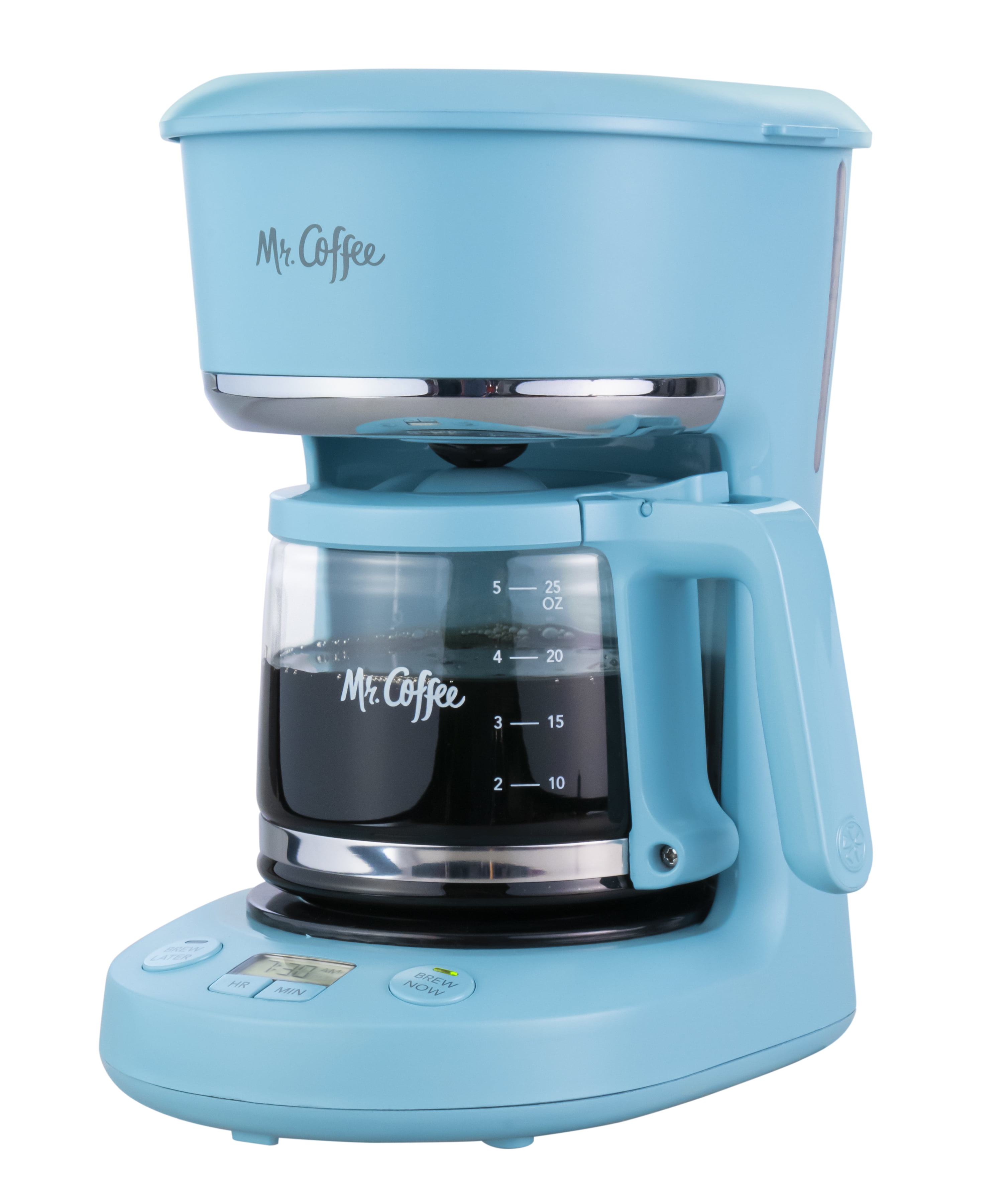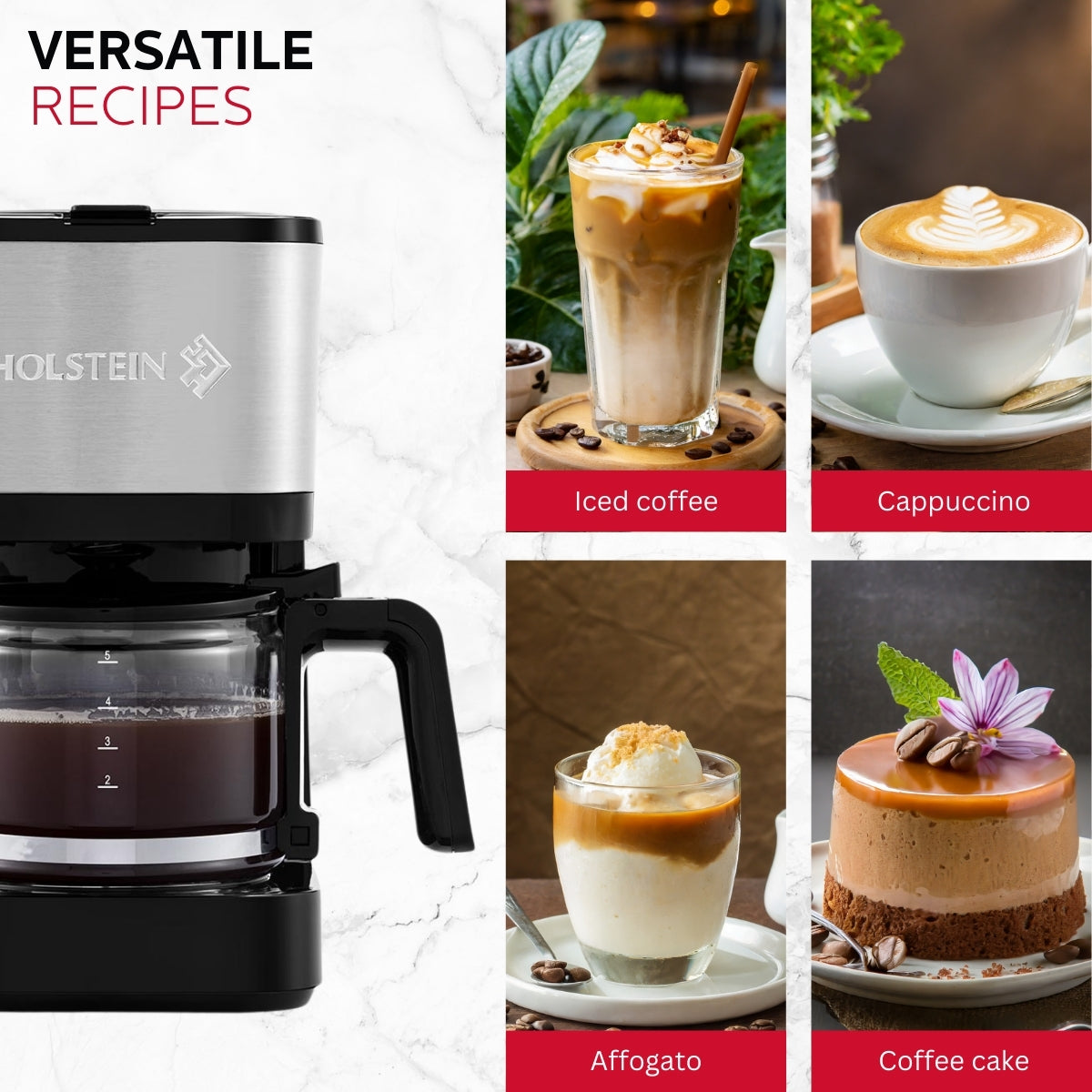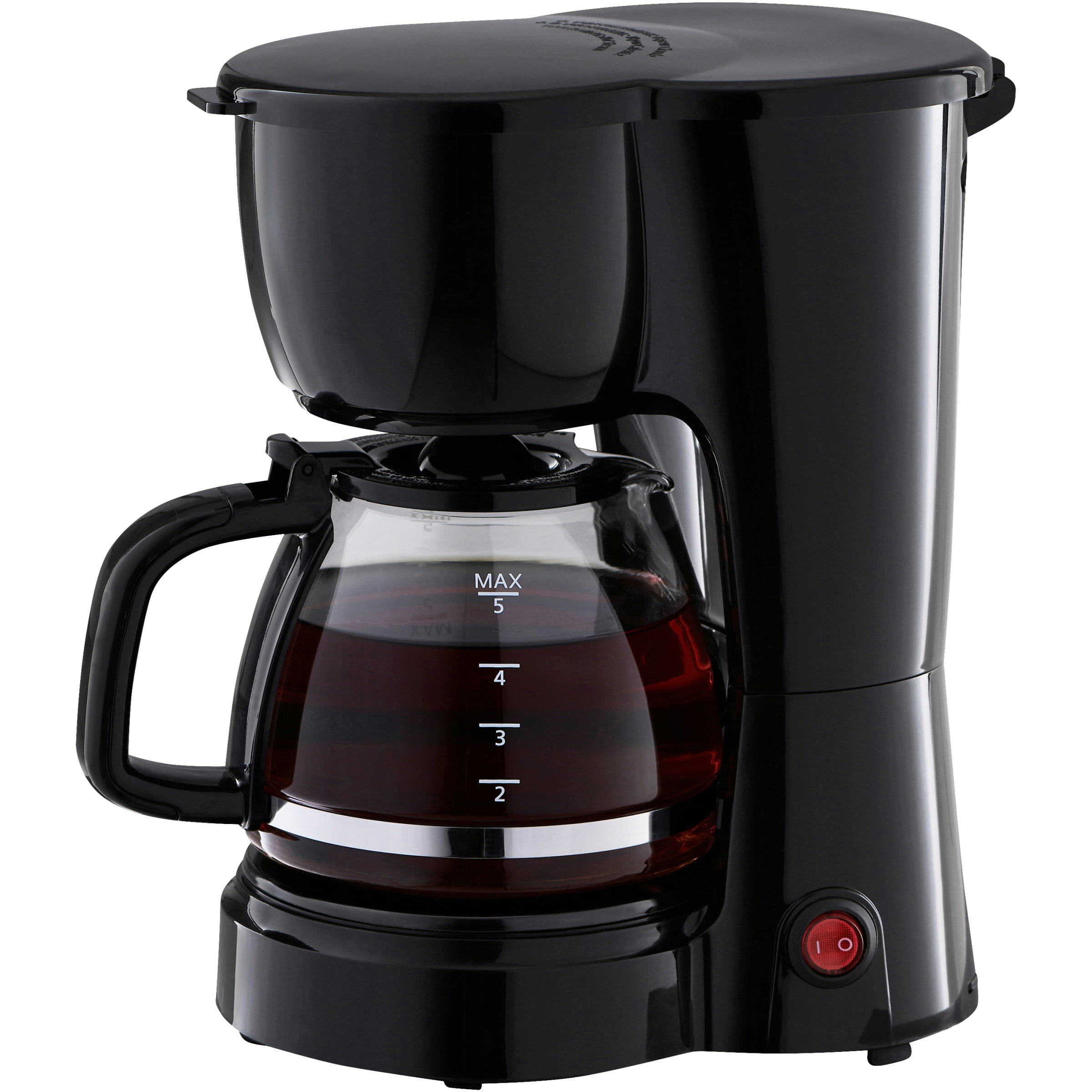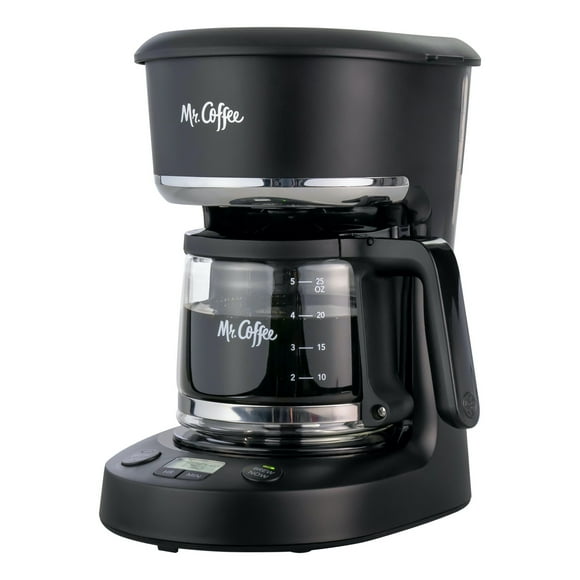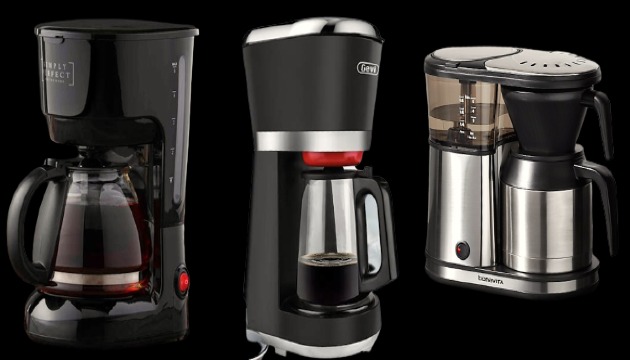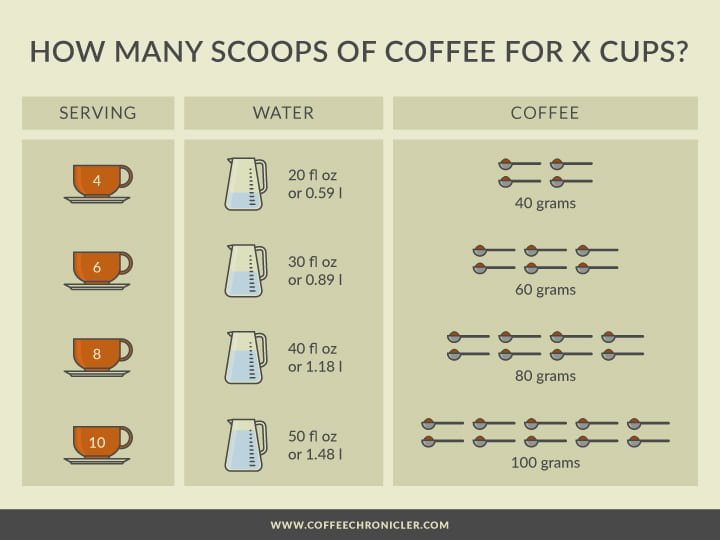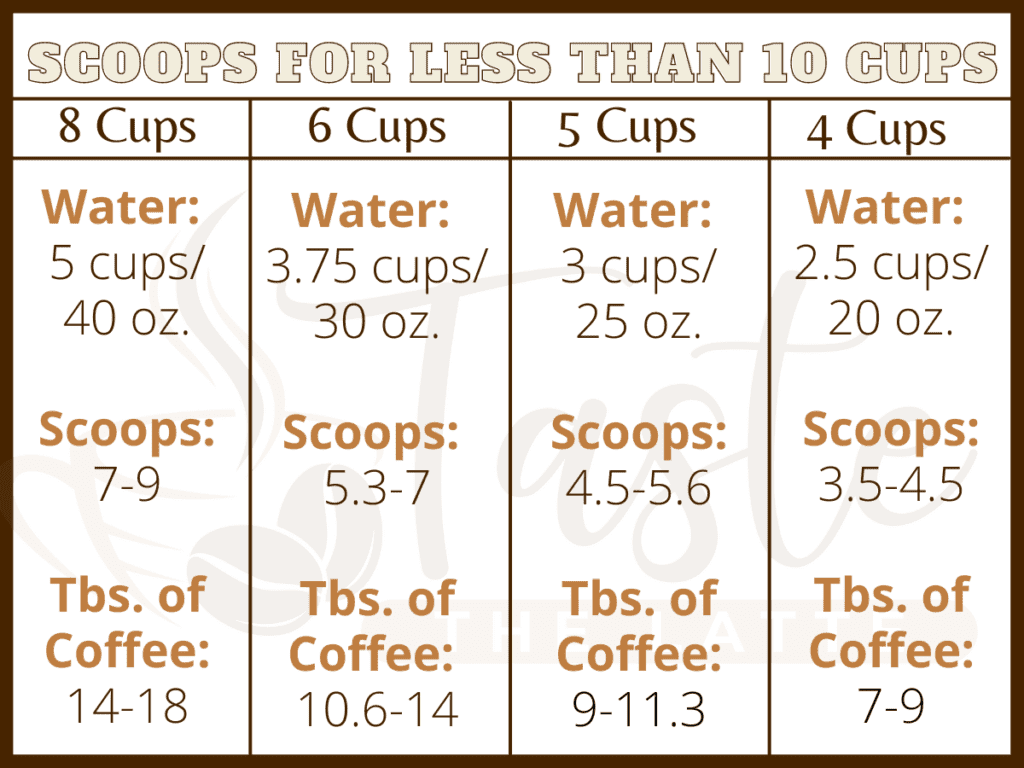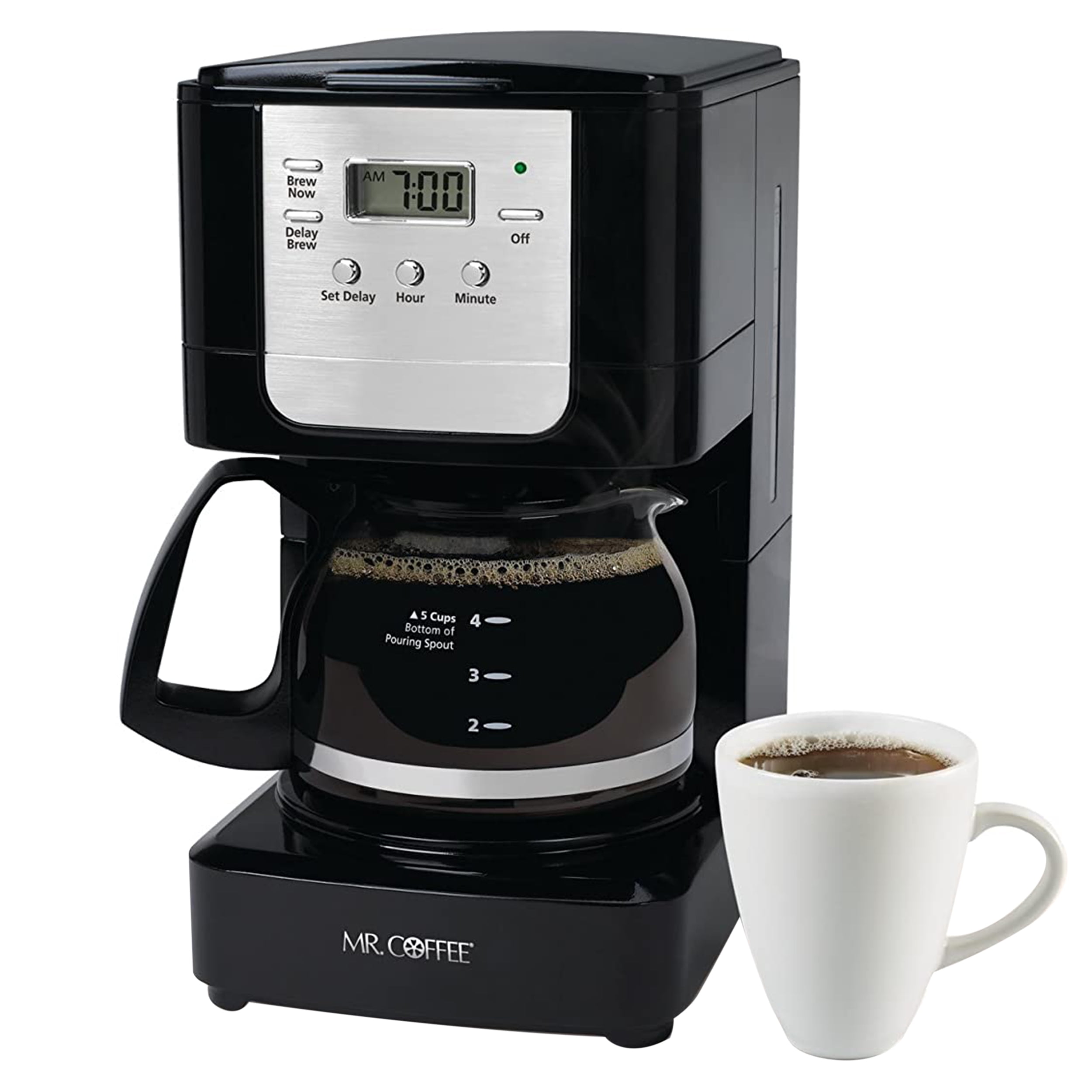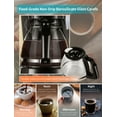How Many Ounces In 5 Cup Coffee Maker

The seemingly simple question of how many ounces a "5-cup" coffee maker brews has become a point of confusion for consumers, with many finding the stated capacity doesn't align with standard cup measurements.
At the heart of the issue lies the definition of a "cup" in the context of coffee makers. Understanding this discrepancy is crucial for accurate coffee brewing and ensuring you're getting the expected amount of beverage.
The Standard vs. Coffee Maker Cup
A standard US cup measures 8 fluid ounces. However, the coffee maker industry often defines a "cup" as 5 fluid ounces. This practice, while potentially misleading, has been in place for many years.
The National Coffee Association (NCA), a leading voice in the coffee industry, doesn't explicitly mandate a specific cup size for coffee makers. They primarily focus on promoting coffee consumption and providing resources for businesses.
Consequently, manufacturers have largely adhered to the 5-ounce standard, which is significantly smaller than the everyday cup measure.
Why the Discrepancy?
The exact origins of the 5-ounce "cup" in coffee makers are somewhat murky. Some speculate it's rooted in historical brewing practices or designed to accommodate the optimal coffee-to-water ratio.
Regardless of the reasons, the difference leads to consumer frustration and potential miscalculations when brewing coffee.
Many consumers assume a "5-cup" coffee maker will yield 40 ounces of coffee, based on the standard 8-ounce cup. In reality, it typically produces only 25 ounces (5 cups x 5 ounces/cup).
Impact on Consumers
This discrepancy can significantly impact coffee brewing, especially when using pre-measured coffee grounds. Incorrectly assuming a larger cup size can lead to weak or watery coffee.
Consumers are advised to read the product manual carefully to determine the actual ounce capacity of their coffee maker. Look for specifications listed in fluid ounces rather than simply relying on the "cup" designation.
Understanding this nuance is crucial to achieving the desired coffee strength and volume. Several online forums and consumer review websites detail similar experiences of confusion surrounding coffee maker cup sizes.
Checking Your Coffee Maker's Capacity
The easiest way to determine the true capacity of your coffee maker is to measure. Use a measuring cup to fill the carafe to its maximum indicated level, then note the actual ounce amount.
This will provide a precise understanding of how much coffee your appliance brews, regardless of its "cup" designation.
Always reference the user manual provided by the manufacturer. Brands like Mr. Coffee and Cuisinart often include detailed information about water level markings and the equivalent ounce measurements.
Moving Forward
Greater transparency and standardization from coffee maker manufacturers could alleviate consumer confusion. Clearly labeling the ounce capacity alongside the "cup" designation would be a helpful step.
Until then, consumers must be proactive in verifying their coffee maker's true capacity to ensure optimal brewing results.
By understanding the industry's 5-ounce "cup" definition and taking the time to measure their coffee maker's capacity, coffee lovers can avoid brewing disappointments and enjoy their favorite beverage with consistency.
